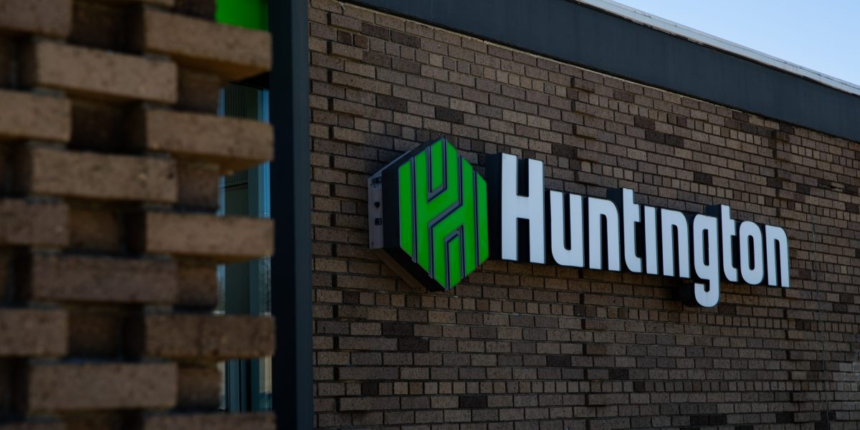Good morning. For CFOs navigating 2025’s uncertain landscape, strategic M&A remains one of the few levers for rapid growth—if executed with precision.
“This will significantly boost our Texas footprint,” Wasserman said. “Dallas-Fort Worth and Houston are tremendous growth markets, and Veritex’s deep local relationships are a perfect complement.” He described the acquisition as a springboard for growth, not only through expanding commercial lending but also by bringing Huntington’s full suite of services in treasury management, wealth, and capital markets to Veritex customers. “We’re excited to bring all of our branch banking and consumer digital offerings, including mortgage products, to these markets,” he added.
Even amid continued uncertainty, strategic M&A remains attractive. “Organic growth is always our top priority, and you can see that in our Q2 results—over 8% revenue growth and 20% EPS growth,” Wasserman explained. “But when acquisitions offer a compelling fit in strategy, culture, and financials, they can be a powerful accelerant. Texas is now our third-largest state, and with its economic growth, this deal positions us for significant expansion.”
Post-acquisition integration is a top priority, Wasserman noted. “Our experience with prior acquisitions has made this a well-oiled process.” The Huntington executive team recently visited Dallas-Fort Worth and Houston to meet new colleagues and begin integration planning. Wasserman also said the missions and cultures of Huntington and Veritex are well aligned, which he believes is essential.
“Most of the NIM expansion comes from optimized funding costs as rates have declined over the past year,” Wasserman said.
As the second quarter progressed, client uncertainty faded, Wasserman noted. “Tariff prospects improved, capital markets stabilized, and equity markets rebounded,” he said. “The economy continues to grow, prompting commercial clients to invest in their businesses, while consumers remain resilient.”
For the remainder of the year, Huntington’s strategy focuses on growing its fee-based businesses, including wealth management, payments, and capital markets. “The biggest risk continues to be the macro economy and geopolitical environment,” Wasserman said. “But what we’re seeing on the ground indicates a strong second half of the year.”









